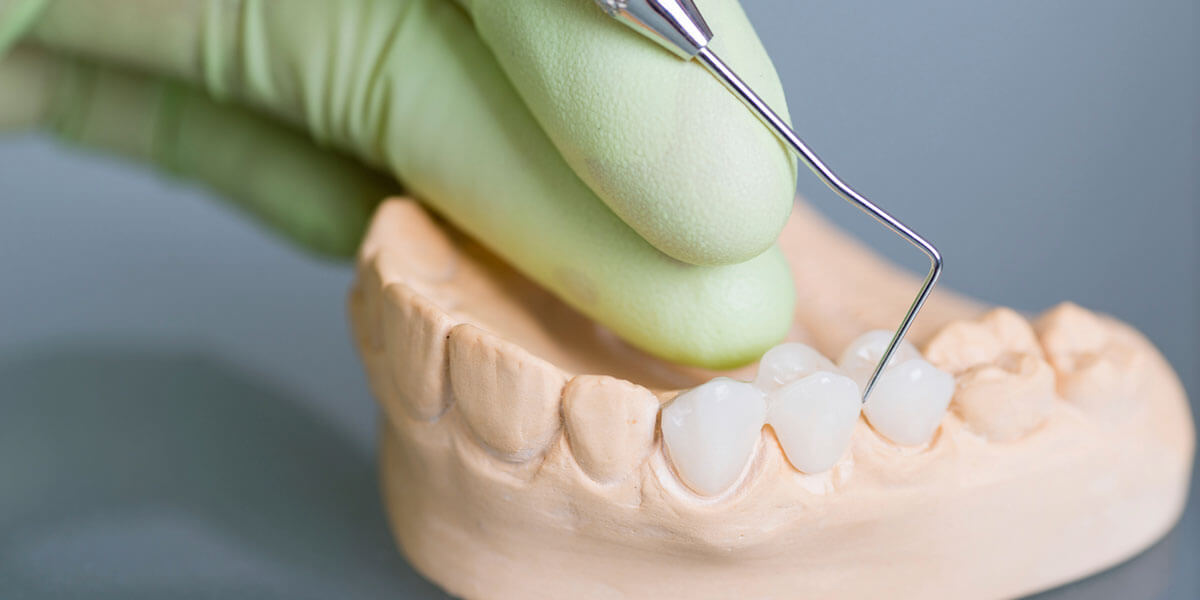Dental Bridges in Stuart, FL

Stuart Prosthetic Dentistry provides dental bridges in Stuart, FL. Call our office today at 772.286.1606 to schedule an appointment.
What is a dental bridge?
Implant-retained complete dentures, like conventional complete dentures, allow replacement of all of your missing teeth and gums, but they are attached to dental implants to provide a more secure fit. These dentures are still removable. They are also called implant-supported complete dentures, implant overdentures, implant bar overdentures, “snap-in” dentures, etc.
What is a dental bridge made from?
A bridge can be made from several types of materials. Metal alloys (gold alloys), ceramics (porcelain), or porcelain fused to metal may be used when the bridge is made. Except for metal (gold) bridges, mostly only used for molars, the ceramics (porcelain) can be tooth-colored to blend in with your teeth. The dentist’s objective when doing a bridge is to make it look natural and function comfortably in your mouth.
How is a Dental Bridge Treatment done?
How is dental bridge treatment done?
A bridge can be made from several types of materials. Metal alloys (gold alloys), ceramics (porcelain), or porcelain fused to metal may be used when the bridge is made. Except for metal (gold) bridges, mostly only used for molars, the ceramics (porcelain) can be tooth-colored to blend in with your teeth. The dentist’s objective when doing a bridge is to make it look natural and function comfortably in your mouth.
CEREC single-visit bridges
Combining Dr. Tyler’s certification in dental laboratory technology (CDT), and prosthodontic advanced education and training, with CEREC advanced digital technology, your bridge can be fabricated efficiently and exceptionally in a single visit.
Dental Implants versus Dental Bridges
A tooth-supported bridge is in some ways less invasive, but in other ways more invasive compared to dental implant treatment. Unlike implants, bridges do not replace a tooth root. Rather, a bridge uses one or more surrounding teeth as support. These teeth, adjacent to the missing tooth space (pontic space), must be filed down and receive crowns in order to gain support for the bridge. This treatment to the adjacent teeth for a bridge is more invasive compared to dental implant treatment which needs no alteration to any natural teeth.
Dental flossing is more difficult when teeth are connected together by a bridge. Floss-threaders (coming in from the side) and a Waterpik® water-flosser are recommended for at-home care of a bridge. In comparison, an implant-supported crown between two unaltered adjacent teeth allows flossing as normal.
Dental bridge candidacy is far less restrictive than dental implant candidacy. Dental implant treatment is more invasive from a surgical perspective. Also, implants require sufficient jawbone for placement, sometimes needing bone grafting. In some cases, implants are contraindicated, making the bridge the right and only option. The primary factor in determining bridge candidacy is the health and stability of the supporting teeth. If you suffer from gum disease (periodontal disease), have tooth decay, chips, cracks, severely tilted or over-erupted supporting teeth, then you may need to undergo additional treatments before these teeth are capable of supporting a bridge.
Finally, the bridge treatment process is completed much faster than the implant process. A bridge can sometimes be finished in a single dental visit. On the other hand, dental implant treatment requires 3 to 6 months for implant osseointegration (healing) and fabrication of the restoration (implant-supported crown).
Are you looking for a dentist in Stuart, FL? Contact us today to learn more and schedule an appointment.
